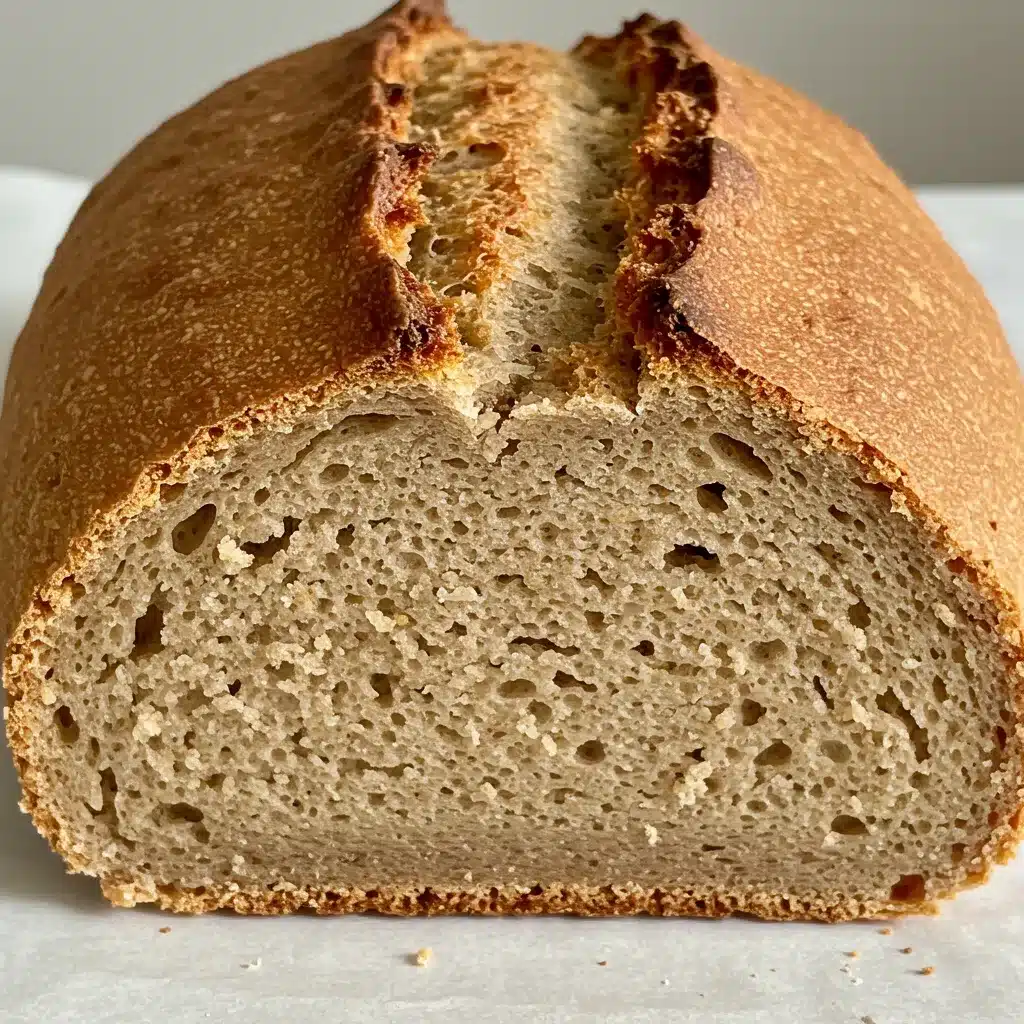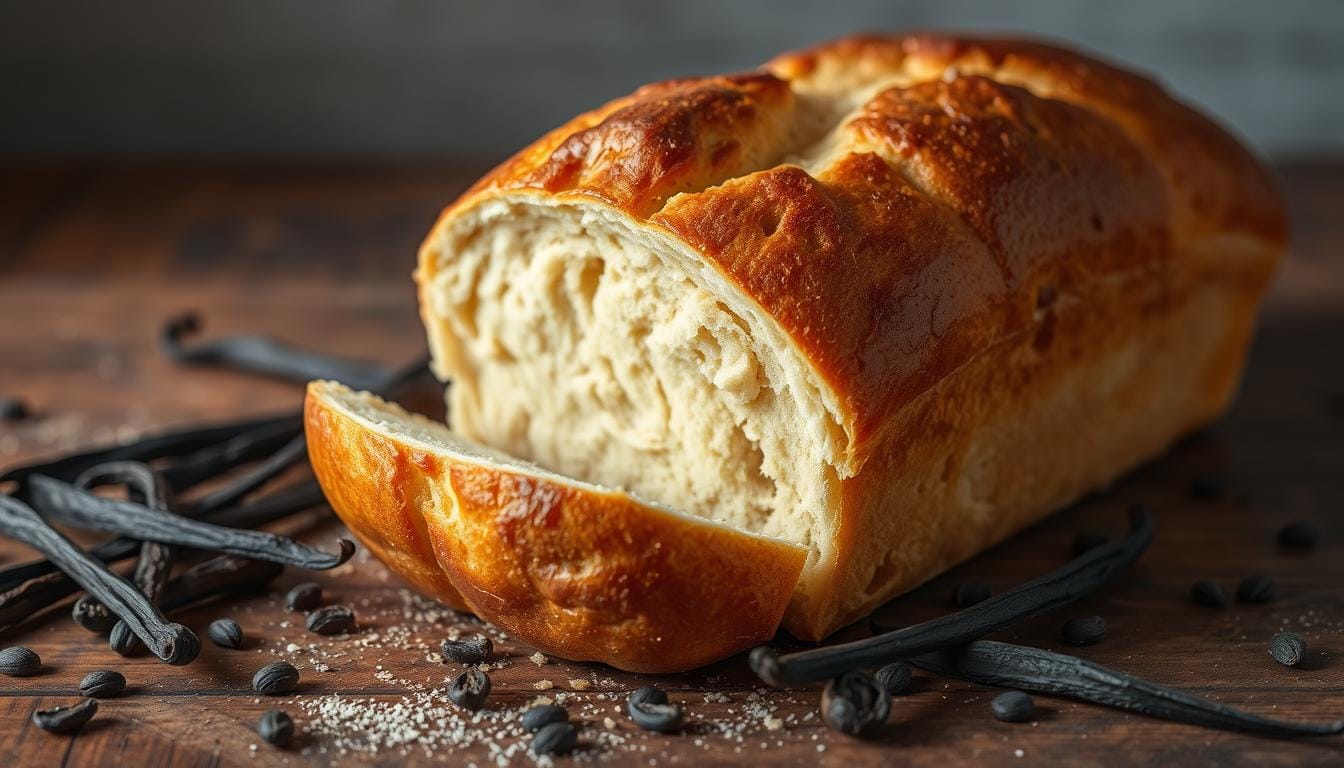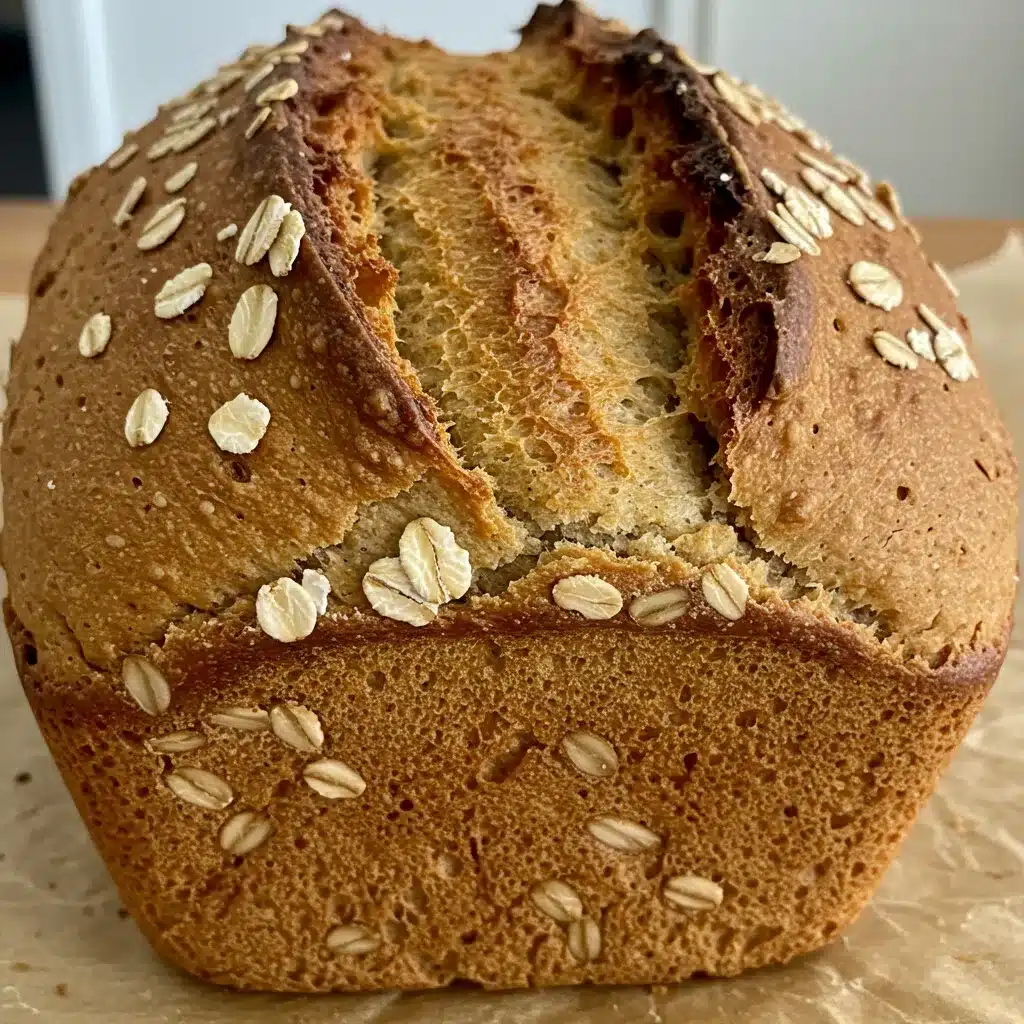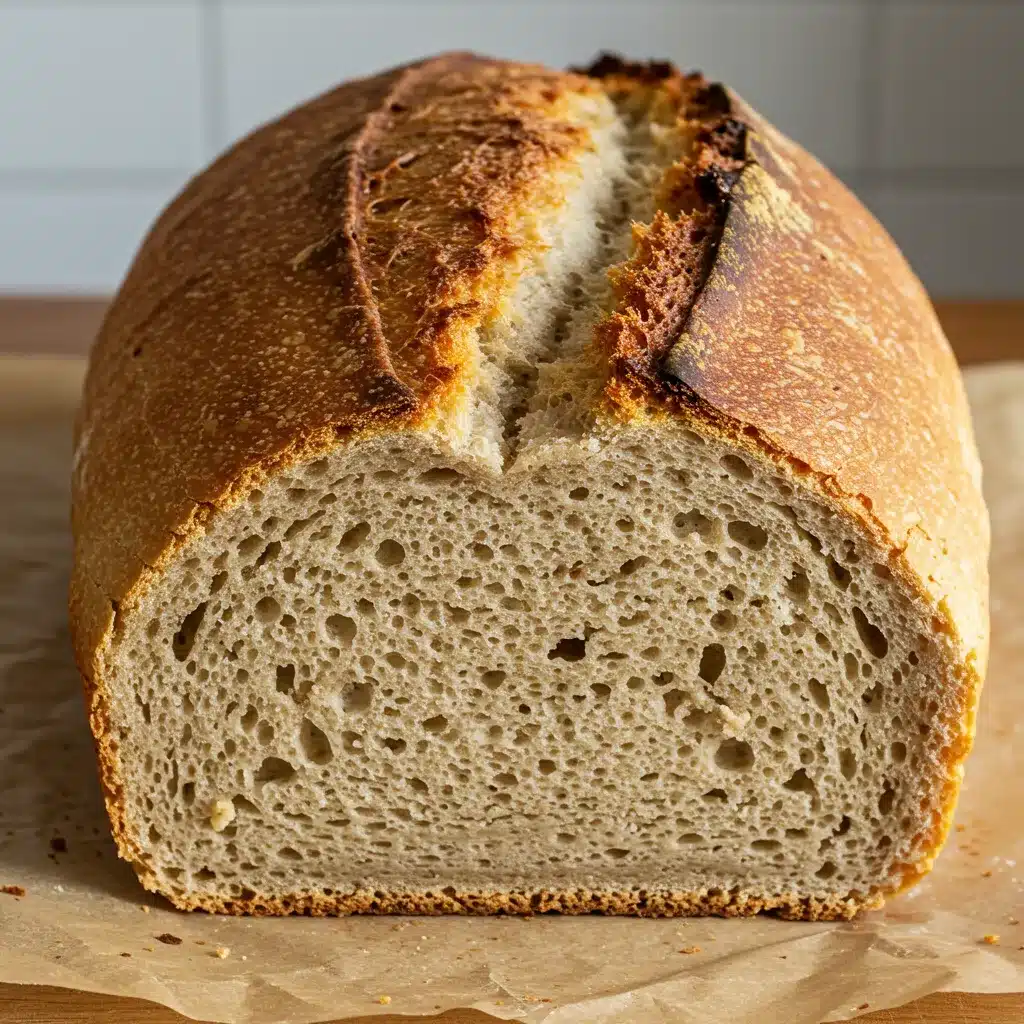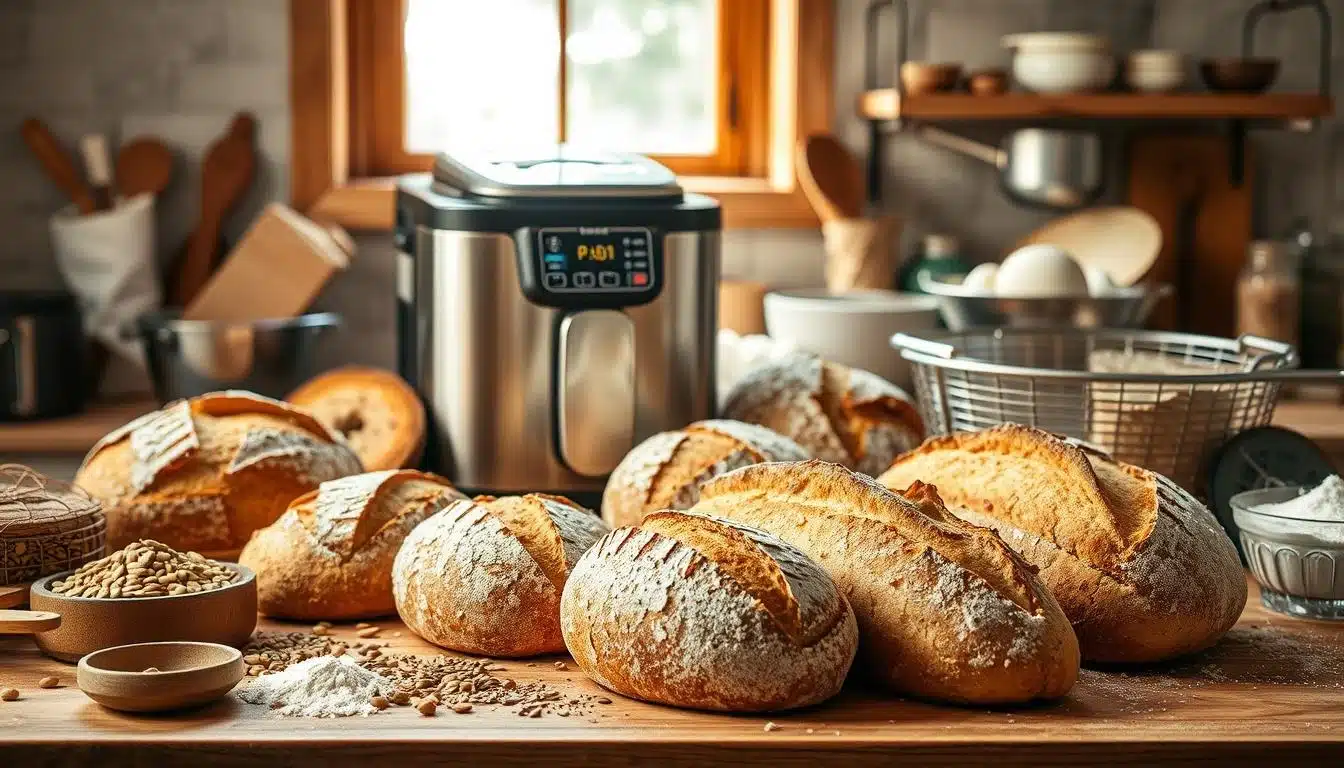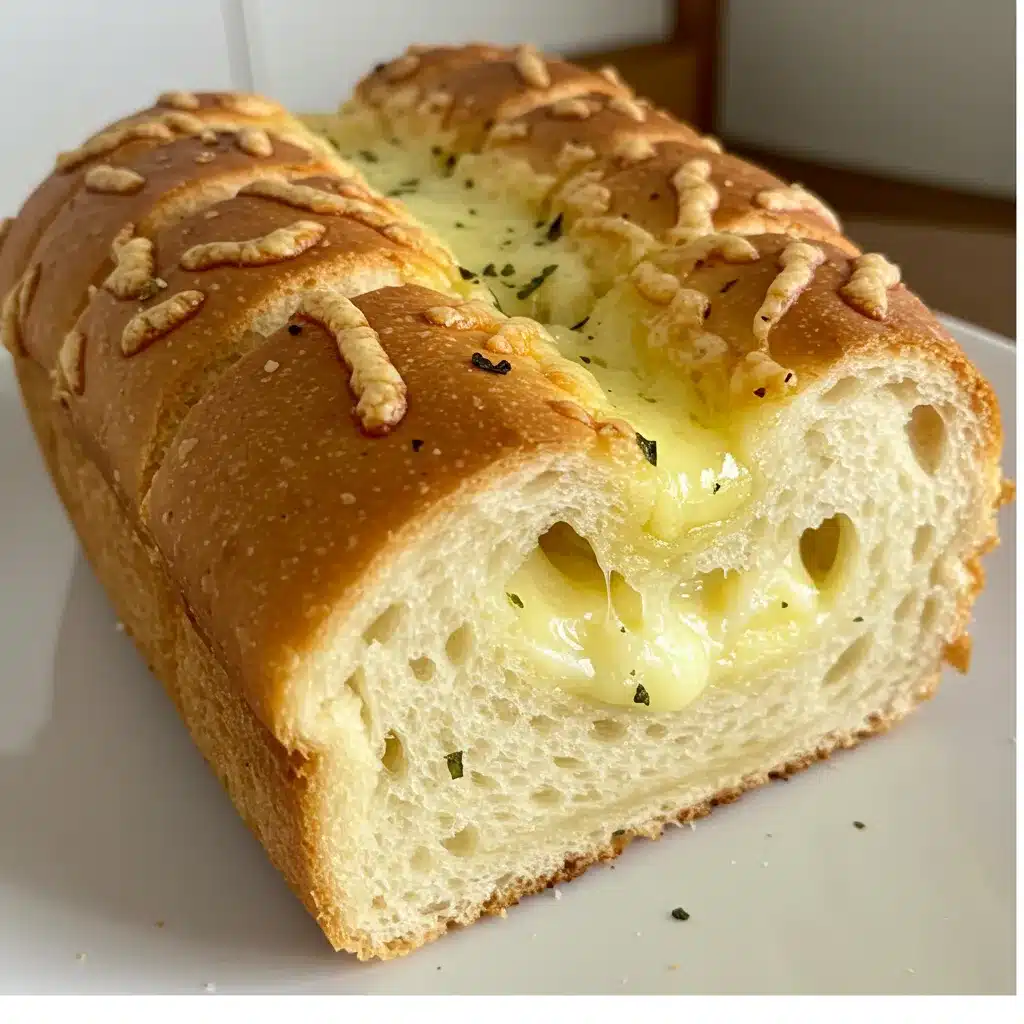Easy Seeded Miso Sweet Potato Bread Recipe
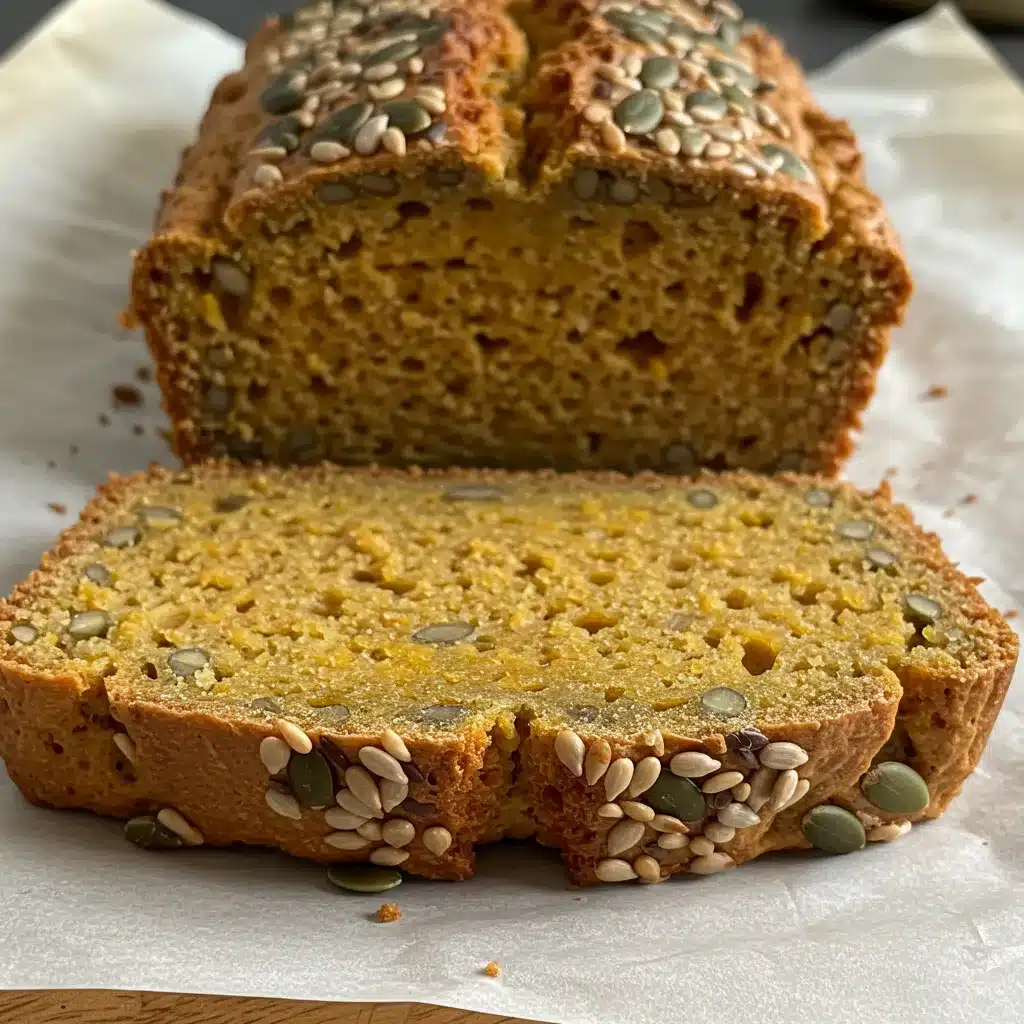
When the smell of fresh bread fills your kitchen, it feels like coming home. Baking reminds us to enjoy the little things. Today, we’re making a special bread that combines sweet potatoes, miso paste, and seeds.
Table of Contents
Introduction to Fusion Bread Making
Bread making has been around for centuries. Different cultures have added their own twist to this basic food. Now, “fusion bread” is all the rage. It mixes Asian and Western baking to make tasty, new breads.
Benefits of Combining Asian and Western Baking
Mixing Asian and Western baking opens up a lot of possibilities. Using Japanese flavors, whole grains, and nutrient-rich ingredients makes bread more interesting. It tastes great and is good for you too.
Understanding Miso in Modern Baking
Miso, a fermented soybean paste, is a key ingredient in fusion bread. It brings a deep, savory taste to bread. This makes traditional breads taste unique and exciting.
The Role of Sweet Potatoes in Bread
Sweet potatoes are also important in fusion bread. They add moisture, texture, and sweetness. This makes the bread not only delicious but also healthy.
Fusion bread combines the best of Asian and Western baking. It lets bakers create bread that’s both tasty and good for you. By using Japanese flavors, whole grains, and nutrient-rich ingredients, bakers can make amazing fusion bread.
History and Origins of Sweet Potato Bread
Sweet potato bread comes from Southern and African-American traditions. Sweet potatoes were key in these areas for taste and nutrition. Over time, bakers added new ingredients to improve its flavor and texture.
This recipe mixes sweet potato with miso, a modern take on the classic bread.
Sweet potatoes were part of the American diet since early European times. Native Americans grew them, and enslaved Africans used them in breads. This mix created sweet potato bread, a favorite in the South.
It’s often served as a warm, comforting food with meals.
As years passed, sweet potato bread recipes changed. Bakers tried different flours, spices, and extras. The miso in this recipe brings a new, exciting flavor.
Today, sweet potato bread is loved in many homes, especially in the South. It’s great for breakfast, as a side, or even dessert. This recipe honors the bread’s history while offering a fresh twist.
Essential Ingredients Overview
In the Seeded Miso Sweet Potato Bread recipe, each ingredient is crucial. Sweet potatoes add natural sweetness and moisture. Miso paste brings a rich umami flavor. Together, they create a delicious and nutritious bread.
Main Components and Their Purpose
The recipe includes whole wheat flour, eggs, and sweeteners like honey or maple syrup. Seeds like sunflower, pumpkin, sesame, and flaxseeds add crunch and nutrition. Whole wheat flour gives a nutty base, eggs bind the dough, and sweeteners balance the flavors. Seeds provide a delightful crunch and extra nutrition.
Types of Seeds and Their Benefits
- Sunflower seeds: Full of vitamins, minerals, and healthy fats, they add a nutty flavor and texture.
- Pumpkin seeds: Rich in zinc, magnesium, and antioxidants, they offer a creamy taste and crunchy bite.
- Sesame seeds: High in calcium, protein, and fiber, they add a delicate, sweet taste and visual appeal.
- Flaxseeds: A good source of omega-3 fatty acids, they add a nutty flavor and nutritional value.
Choosing the Right Miso Paste
The miso varieties are key, adding essential umami flavor. White miso is mild and sweet, while red miso is more robust. Miso enhances the flavor, making the bread moist and tender.
Required Kitchen Equipment
To bake the perfect Seeded Miso Sweet Potato Bread, you need the right baking essentials and kitchen tools. Make sure you have these items to make your bread-making journey a success:
- A 9×5-inch loaf pan for baking the bread
- Mixing bowls in various sizes for preparing the dough and ingredients
- Measuring cups and spoons to accurately measure all the necessary components
- An electric mixer or a sturdy whisk for kneading and mixing the dough
- A spatula for scraping down the sides of the mixing bowl and shaping the dough
- Parchment paper to line the loaf pan and prevent sticking
- A cooling rack to allow the baked bread to cool completely before slicing
While these are the basic baking essentials you’ll need, a food processor or a stand mixer can be helpful. They make mixing and kneading easier, saving you time and effort.

Having the right baking essentials and kitchen tools ensures a smooth baking experience. This way, you can make a delicious and beautiful Seeded Miso Sweet Potato Bread.
Seeded Miso Sweet Potato Bread Recipe
Preparation Steps
Making homemade bread is rewarding. This recipe mixes savory miso with sweet roasted sweet potatoes. Start by baking or steaming sweet potatoes until they’re tender. Let them cool, then mash them.
In a big bowl, mix the wet ingredients. This includes mashed sweet potatoes, miso paste, eggs, and plant-based milk. In another bowl, mix the dry ingredients like whole wheat flour, oats, baking powder, baking soda, and a bit of salt. Carefully add the dry ingredients to the wet mixture without overmixing.
Baking Instructions
Heat your oven to 375°F (190°C). Grease a 9×5-inch loaf pan with butter or non-stick spray. Add seeds like flax, chia, and sesame to the batter. Pour the mix into the loaf pan and sprinkle more seeds on top.
Bake the bread for 45-50 minutes. It’s done when a toothpick comes out clean. Let it cool in the pan for 10 minutes, then on a wire rack for full cooling.
Cooling and Storage
Cooling and storing right are key for fresh bread. After cooling, enjoy the bread or store it. Wrap it tightly for up to 5 days at room temperature.
This recipe blends cultural flavors in modern baking. It honors Japanese traditions and shows the ease of homemade bread.
Mastering the Sweet Potato Preparation
Creating the perfect Seeded Miso Sweet Potato Bread begins with preparing the sweet potatoes. This key ingredient gives the bread its unique taste and texture. Let’s look at the best ways to cook and mash sweet potatoes for the best results.
Baking Sweet Potatoes
To start, bake the sweet potatoes until they’re tender. Heat your oven to 400°F (200°C). Place the whole, unpeeled sweet potatoes on the oven rack. Bake for about 45 minutes, or until a fork goes through easily.
After baking, let the sweet potatoes cool completely before you handle them.
Steaming Sweet Potatoes
You can also steam the sweet potatoes until they’re soft. Fill a large pot with 1-2 inches of water and boil it. Put the sweet potatoes in a steamer basket and steam for about 45 minutes. They should be soft enough for a fork to pierce through.
Mashing Techniques
Once the sweet potatoes are cool, scoop out the flesh and put it in a large bowl. Use a potato masher or hand mixer to mash them until smooth and creamy. For an even smoother texture, pass the mashed sweet potatoes through a food mill or ricer.
Getting the sweet potatoes right is key for the Seeded Miso Sweet Potato Bread. By mastering these cooking and mashing steps, you’ll make sure the bread’s main ingredient is ready to add its special flavor and richness.
The Art of Incorporating Miso
Learning how to mix miso into your baking is crucial for the perfect Seeded Miso Sweet Potato Bread. Miso paste adds a rich umami flavor that balances the sweet potatoes’ sweetness. This mix of Asian and Western baking traditions is truly special.
Balancing Flavors
To successfully mix miso, blend it well with the wet ingredients like water and oil. This ensures the umami flavor spreads evenly in the bread. Make sure to mix the miso well before adding the dry ingredients for the best taste.
Temperature Considerations
When baking with miso, watch the temperature closely. Miso, being fermented, has probiotics that can be damaged by high heat. Add the miso late in the mixing and keep the baking temperature below 140°F (60°C). This keeps the probiotics alive and the miso’s flavor intact.
| Miso Baking Tips | Flavor Balancing |
|---|---|
|
|
“Miso is a pantry essential that can elevate any baking recipe with its unique umami richness.”
– Nik Sharma, award-winning cookbook author and food columnist
Seed Selection and Topping Techniques
Make your Seeded Miso Sweet Potato Bread even better with creative seeds and toppings. The right seeds add crunch and nutrition. They also make the bread look great.
Mix half of your chosen seeds into the bread batter. This spreads the flavors evenly. Try sunflower, pumpkin, sesame, and flaxseeds for different tastes.
For a stunning look, sprinkle the rest of the seeds on top before baking. This makes the bread look amazing and adds a nice crunch.

It’s all about finding the perfect mix of seeds. Start simple and then try new combinations. Find your favorite seed blend to make your bread even better.
“The combination of sweet, savory, and crunchy elements in this bread is truly irresistible. I can’t get enough of it!”
Be creative with your toppings to make your bread truly special. Enjoy finding the perfect seed blend and let your taste buds guide you.
Texture and Flavor Enhancement Tips
Getting the perfect bread texture is all about balance. Avoid overmixing the dough to prevent a tough texture. Gentle mixing helps keep the bread texture just right.
Moisture control is also key in your seeded miso sweet potato bread. Sweet potatoes and miso paste add moisture. So, it’s important to measure wet and dry ingredients correctly. This way, you’ll get a soft, tender, and tasty loaf.
Creating the Perfect Crumb
The crumb, or the inside of the bread, comes from good gluten development. To get this, do the following:
- Mix the dough just until it’s combined, avoiding over-mixing.
- Let the dough rest as recommended to help the gluten relax and develop.
- Bake the bread at the right temperature for a soft, open crumb and a golden crust.
Achieving Ideal Moisture Balance
The sweetness and moisture of sweet potatoes, along with miso’s savory umami, help control moisture. To keep the balance:
- Measure wet and dry ingredients accurately as the recipe suggests.
- Adjust the dough’s hydration level if needed, adding more liquid or flour.
- Watch the bread while it bakes and adjust time or temperature if it’s too dry or not done.
By focusing on texture and moisture, you can make a seeded miso sweet potato bread that looks great and tastes amazing. It will be soft, moist, and full of flavor.
Recipe Variations and Adaptations
The Seeded Miso Sweet Potato Bread is perfect for many diets and tastes. You can make it gluten-free or vegan easily. This recipe is a great canvas for your creativity.
Gluten-Free Variations
For a gluten-free version, swap the all-purpose flour for gluten-free flours. Use almond, coconut, or a 1:1 mix. This keeps the bread soft and tasty, without wheat.
Vegan Adaptations
To veganize the bread, use flax or chia “eggs” instead of regular eggs. Sweet potatoes add moisture and structure. For sweetness, try maple syrup or agave nectar instead of honey.
Seed Variations
- Try mixing different seeds like pumpkin, chia, or hemp for extra texture and nutrition.
- Roasting seeds before adding them to the dough enhances their flavor.
- Top the loaf with various seeds before baking for a crunchy, attractive crust.
Savory Adaptations
For a savory twist, add fresh herbs like rosemary or thyme. Spices like smoked paprika or cumin also work well. These changes make the bread great with soups, stews, or main dishes.
The Seeded Miso Sweet Potato Bread is a versatile base. It invites you to try many flavors and dietary options. Let your creativity shine and find your favorite version of this delicious bread.
Storage Solutions and Shelf Life
Keeping your Seeded Miso Sweet Potato Bread fresh is crucial. A few simple steps can help your homemade bread stay delicious for days. Follow these guidelines to enjoy your bread for longer.
Proper Wrapping Methods
To keep your bread fresh, wrap it tightly in plastic wrap or use an airtight container. This method keeps the bread moist and prevents it from drying out. Your Seeded Miso Sweet Potato Bread can stay fresh for up to 5 days this way.
Freezing Guidelines
- For longer storage, freeze your bread for up to 3 months. Slice the loaf and freeze the slices on a baking sheet. Then, put them in an airtight freezer-safe bag or container.
- Freezing in individual slices means you can thaw only what you need. This keeps the rest fresh and ready to enjoy.
- To serve, take out the desired slices from the freezer. Let them thaw at room temperature or gently reheat in the oven or toaster.
By using these storage and freezing methods, you can enjoy your Seeded Miso Sweet Potato Bread for a long time. Proper bread storage and freezing bread keep your homemade bread fresh and ready to eat whenever you want.
Serving Suggestions and Pairings
The Seeded Miso Sweet Potato Bread is a versatile addition to your culinary repertoire. It’s perfect for breakfast, lunch, or dinner. This flavorful bread pairs well with many dishes and ingredients.
Breakfast Delight
Start your day with a delightful note by topping the bread with your favorite spreads. Try creamy nut butters, tangy jams, or rich avocado. The bread’s subtle sweetness complements these breakfast staples perfectly, creating a satisfying and nourishing meal.
Lunchtime Companions
For a heartier midday meal, the Seeded Miso Sweet Potato Bread is an excellent accompaniment. It pairs beautifully with warm, comforting soups or crisp, refreshing salads. This elevates your lunchtime experience.
Entertaining Versatility
This bread shines on cheese boards, providing a unique and flavorful option for your guests. The seeded crust and miso-infused sweetness make it a standout choice. It impresses your friends and family. Plus, it can be used as a base for canapés or as a unique toast option for entertaining.
Dinner Delight
At the dinner table, the Seeded Miso Sweet Potato Bread complements a wide range of main courses. It balances out rich and savory dishes, creating a harmonious dining experience. It pairs well with hearty stews to grilled proteins.
Unlock the full potential of this versatile bread by exploring its bread pairings and serving ideas. Experiment with different flavor combinations. Discover new ways to incorporate this unique bread into your culinary creations.
Troubleshooting Common Issues
Baking can be a fun experience, but sometimes, even experienced bakers face unexpected problems. When it comes to your seeded miso sweet potato bread, a few common issues may arise. These can be easily fixed with the right troubleshooting tips.
One common problem is when the bread doesn’t rise properly. This can happen due to several reasons, like old yeast or cold ingredients. Make sure your yeast is fresh and your ingredients are at room temperature. Also, let your dough proof in a warm, draft-free place for the right amount of time.
- If your bread is too dry, try adjusting the liquid-to-flour ratio. Adding a tablespoon or two of water or milk can help a lot.
- If your bread is too moist, you might need to bake it longer or at a higher temperature. Keep an eye on the oven and use a toothpick or skewer to check if it’s done.
Uneven baking is another common baking problem. It’s often caused by uneven oven temperatures or where you place the bread. Try rotating your loaf halfway through baking. Also, using a baking stone or steel can help with even heat.
By fixing these bread fixing tips, you can make delicious seeded miso sweet potato bread every time. Remember, baking is a science. But with a bit of troubleshooting and practice, you’ll soon be making loaves that taste like they came from a bakery.
Conclusion
The seeded miso sweet potato bread recipe is a mix of flavors and textures. It combines the health benefits of sweet potatoes and seeds with miso’s rich taste. This bread is a creative twist on traditional baking, fitting many diets and events.
This recipe is perfect for those who love trying new tastes in baking. It uses sweet potatoes, miso, and seeds for a loaf that looks great and tastes amazing. It brings together Asian and Western baking styles.
Whether you’re experienced or new to fusion baking, this recipe is a great chance to try something new. It lets you mix different ingredients and techniques. Make a unique and tasty seeded miso sweet potato bread that will wow your guests.
FAQ
What is the unique fusion in this seeded miso sweet potato bread recipe?
This recipe mixes Japanese miso paste with sweet potatoes. It blends Asian and Western baking styles. The miso adds depth, while sweet potatoes bring natural sweetness and moisture.
What are the key ingredients in this bread?
The main ingredients are sweet potatoes, miso paste, and whole wheat flour. Eggs, sweeteners, and seeds like sunflower and sesame are also used. These combine for a sweet and savory taste and a nutritious profile.
What are the health benefits of this seeded miso sweet potato bread?
This bread is packed with nutrients from sweet potatoes and seeds. Sweet potatoes offer vitamins, minerals, and antioxidants. Seeds add fiber, protein, and healthy fats. It’s a healthy choice.
How does the miso paste contribute to the bread’s flavor and texture?
Miso paste gives the bread a savory, umami flavor that complements the sweet potatoes. It’s crucial to mix the miso well with other ingredients. Also, keep the temperature low to preserve its probiotic benefits.
Can this recipe be adapted for different dietary needs?
Yes, it can be adjusted for different diets. Use gluten-free flours for gluten-free versions. Replace eggs with flax or chia eggs for vegan options. Choose low-sugar sweeteners for less sugar. Try different seeds and herbs for more flavors.
How should this bread be stored to maintain its freshness?
Wrap the bread in plastic wrap or store it in an airtight container at room temperature for up to 5 days. Freeze it for up to three months. Slice it before freezing for easy thawing.
What are some common issues that may arise when baking this bread, and how can they be addressed?
Issues like not rising, being too dry or moist, and uneven baking can happen. Check the leavening agents’ freshness, adjust liquid ratios, and ensure the oven temperature is right. These steps can help achieve better results.

